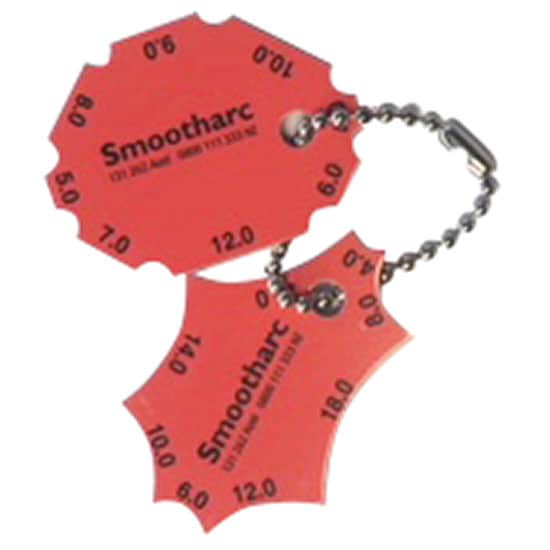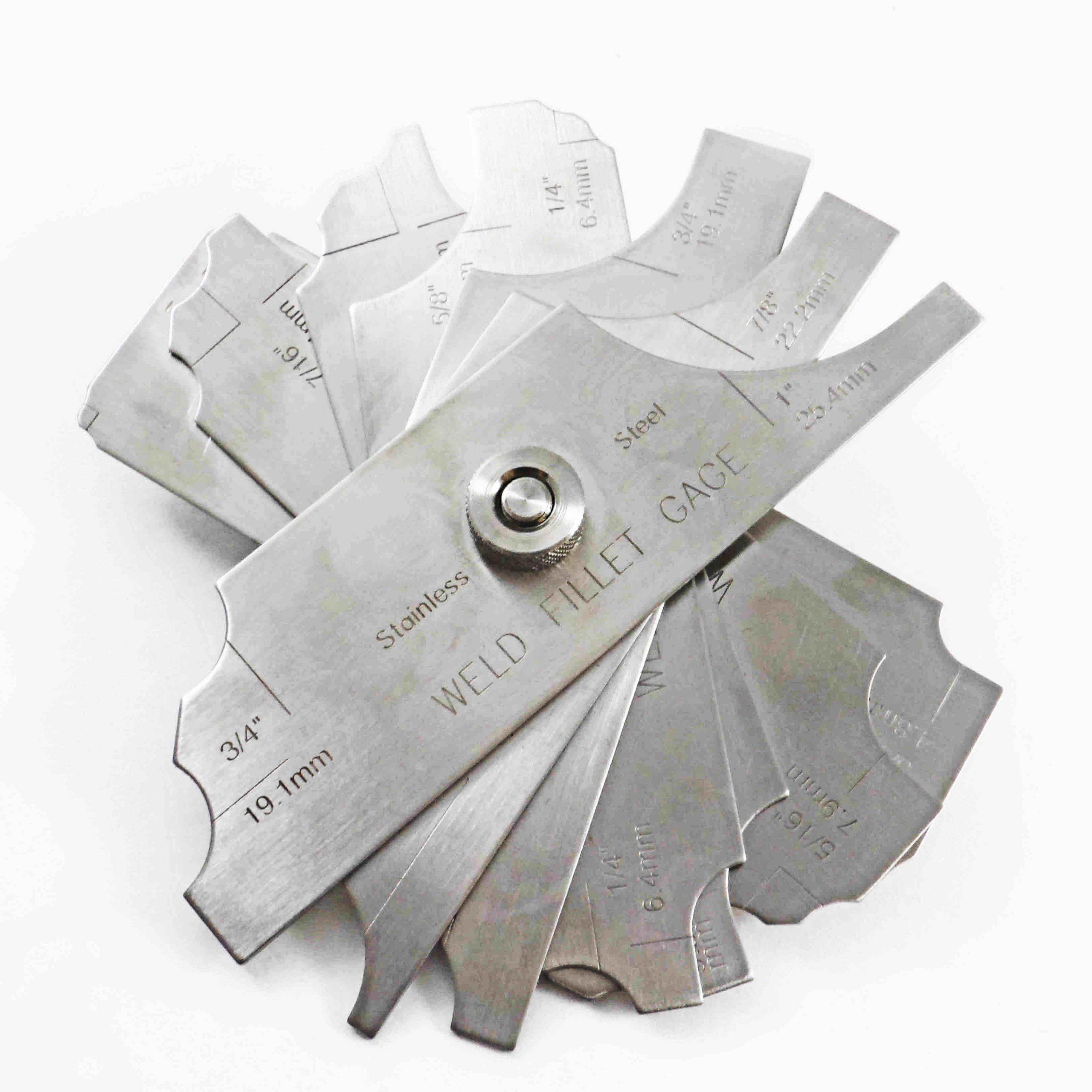Discovering the Benefits of Fillet Welding in Construction: Economical Solutions for Diverse Industries
In the realm of construction, the usage of fillet welding presents an engaging recommendation for markets seeking cost-effective remedies without jeopardizing structural integrity. The benefits of fillet welding prolong beyond plain monetary savings to incorporate improved structural performance, adaptability across varied commercial applications, and the guarantee of premium stamina and longevity. As we browse through the sensible advantages that fillet welding offers, a much deeper understanding emerges of just how this welding method can revolutionize construction processes throughout various fields.

Economical Solution for Construction
Fillet welding acts as a cost-efficient solution in construction procedures, providing both effectiveness and longevity. This welding technique includes signing up with two pieces of steel at an angle, creating a triangular cross-section. The simplicity of fillet welding makes it a popular option in numerous industries, including building, vehicle, and production.
One of the essential benefits of fillet welding is its capacity to lower material and labor costs. By utilizing fillet welds as opposed to various other intricate joint layouts, manufacturers can save money on materials and production time. Furthermore, fillet welding needs very little preparation compared to other welding methods, additionally decreasing manufacture prices.
Moreover, fillet welds offer excellent structural strength, ensuring the longevity and resilience of the produced elements. The triangular shape of the weld distributes stress more evenly, minimizing the probability of joint failure (Gauge Fillet Weld). This structural integrity not just boosts the total high quality of the completed product but also lowers upkeep and fixing expenses in the long run
Enhanced Architectural Performance With Fillet Welding
Enhancing architectural efficiency through the application of fillet welding strategies is a critical facet of making sure ideal performance and longevity in produced frameworks. Fillet welding plays a crucial role in boosting architectural efficiency by effectively dispersing loads and stresses throughout the bonded joints. By creating a smooth change between the connected elements, fillet welds help to boost the general strength and security of the structure.
Among the significant benefits of fillet welding in enhancing architectural effectiveness is its capability to sign up with materials of differing thicknesses. This adaptability allows for the building and construction of lightweight frameworks without jeopardizing on toughness. Furthermore, the smooth account of fillet welds decreases stress concentrations, which can aid avoid early failure of the welded joints.
Furthermore, fillet welding allows the manufacture of complicated geometries with convenience, offering developers with even more freedom in developing innovative and reliable frameworks. By enhancing the layout and placement of fillet welds, engineers can take full advantage of the architectural efficiency of produced parts, inevitably resulting in set you back savings and improved performance in varied sectors.
Versatility in Diverse Market Applications
With its capacity to cater to a vast variety of material thicknesses and geometric intricacies, fillet welding stands as a flexible fabrication strategy that finds applications throughout diverse sectors. Additionally, the aerospace market relies on fillet welding for the manufacture of aircraft parts, making sure strength and durability in essential parts. On the whole, the flexibility of fillet welding makes it an essential procedure in various sectors, providing cost-effective options for complex construction requirements.

Superior Stamina and Sturdiness
When thinking about welding methods for fabricating frameworks that call for outstanding durability and longevity, the emphasis changes towards methods that can regularly deliver premium stamina and sturdiness. Fillet welding plays an important role in attaining these qualities because of its ability to give substantial stamina by distributing tons evenly throughout the bonded joint. This welding strategy develops a triangular cross-section that improves the weld's resistance to numerous kinds of tension, consisting of shear, compression, and stress forces. Therefore, structures made using fillet welds show enhanced durability and can hold up against significant mechanical pressures without jeopardizing their honesty - Gauge Fillet Weld.
The exceptional toughness and resilience used by fillet welding make it a perfect option for applications in industries such as building and construction, automotive, aerospace, and manufacturing, where architectural integrity is critical. By using fillet welds in fabrication, engineers and makers can ensure that their products meet strict high quality and security criteria while maximizing cost-effectiveness and manufacturing performance. Basically, the remarkable durability and durability offered by fillet welding make it a favored welding method for producing robust and resilient structures across diverse industries.
Practical Advantages of Fillet Welding
Offered the shown superior toughness and longevity in welded joints, the functional advantages of fillet welding prolong beyond structural integrity to encompass performance and cost-effectiveness in manufacture procedures. One essential useful benefit is the simpleness of fillet welds, which do not call for costly or complicated tools to produce. This simplicity translates right into time financial savings during fabrication, as fillet welding can be quickly used in different settings without the need for look these up elaborate arrangements. In addition, fillet welding permits raised efficiency because of its adaptability in joining different kinds of thicknesses, products, and forms. The versatility of fillet welds makes them appropriate for a vast variety of applications across diverse sectors, additionally adding to look at this web-site cost-effectiveness in producing processes. The minimized need for comprehensive surface area preparation compared to various other welding techniques lessens product waste and decreases manufacturing downtime. Overall, the useful advantages of fillet welding make it a valuable selection for companies looking for efficient and cost-effective remedies in fabrication.
Verdict
In final thought, fillet welding uses a cost-effective remedy for manufacture, giving boosted architectural effectiveness, flexibility in diverse industry applications, premium toughness, and longevity. The functional benefits of fillet welding make it a preferred selection for numerous construction projects across various markets. Its capability to efficiently sign up with materials while maintaining architectural stability makes it an important technique for making certain top notch and trustworthy cause welding applications.

Additionally, fillet welding requires minimal preparation compared to other welding techniques, even more reducing construction expenses.

Provided the shown exceptional toughness and sturdiness in bonded joints, the practical advantages of fillet welding expand beyond structural honesty to encompass effectiveness and cost-effectiveness in manufacture processes - their explanation Gauge Fillet Weld.In final thought, fillet welding supplies an affordable option for manufacture, offering boosted architectural efficiency, flexibility in varied sector applications, superior strength, and toughness
Comments on “How to Achieve Accuracy with Gauge Fillet Welds in Your Tasks”